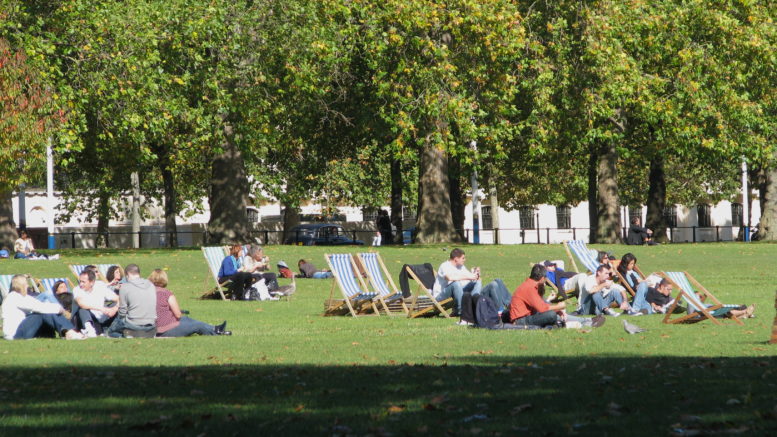Summer finally arrived with a bang in June. Weather unprecedented for 40 years made everyone feel happier. Of course, we know it is only a matter of time before water rationing is threatened and we see our carefully cultivated gardens browned and wilting, but we can hopefully enjoy it, for now.
This time of the year is perhaps a time when landlords feel they can relax, a little. Windows are opened, damp areas dry. When there is a downpour, leaks quickly become apparent and can be addressed, without speculation whether it is condensation causing a problem. This is also the time when landlords can inspect exteriors, perhaps decide whether painting is required, check gutters and effect any repairs that are needed.
However, whilst the issues associated with cold and wet and the difficulties of effecting some repairs in ice and snow, may not apply in Mediterranean temperatures, there are other concerns that landlords need to consider and address with tenants.
Refuse from tenants is often the bane of landlords’ lives. Tenants refuse to dispose of it correctly, mounting black bin bags in yards or gardens. This is not pleasant at any time of the year, but whilst in winter it is an eye-sore and impedes any type of activity outside, in the heat of the summer, it poses a health hazard. If reported to the local authority, an order can be served, not on the guilty tenant but on the innocent landlord. If refuse is not removed, it is not long before it begins to smell and as well as flies, it can attract rats. These are not only unpleasant, they are disease carrying, breed rapidly and can be difficult to get rid of, often requiring specialist assistance.
What can landlords do? Now is a good time to inspect external areas as well as the interior. Make sure there seems no unwarranted build-up of rubbish, remind the tenants of what they risk if it is left to accumulate.
Hot, dry weather may also allow for shrinkage along paths and in walls, making previously firmly fixed paving stones trip and fall hazards; walls and gate posts can become unsteady. Check whether any work is needed, to cement paving stones in place, re-point garden walls and pillars, or remove them completely – though this should be discussed with tenants who may have children and pets that they feel need a barrier from adjoining properties and the front and rear of the property. If this is the case and there is a perceived hazard, some negotiation about how the issue can be addressed to the satisfaction of both landlord and tenant. What is not wanted is an injury of some kind which, as landlord, can be held against you.
Another common issue in the summer is the wee fluttering things – not so much butterflies, but the things with a buzz and a sting – wasps and bees. It is not always easy to tell where a Queen may have landed and a nest built for the swarm. Careful observation may give some clues where to look (carefully!) for a nest. A loft space is a likely spot, as is under the eaves and gutters. Don’t risk removing it, Again, get the specialists in, either through the local authority or check any policies you hold with utility providers as some will cover removal of nests.
Enjoy the summer, but make sure your tenants can also enjoy summer holidays and time outside – safely.
For advice on buy to let issues – General Knowledge









Be the first to comment on "Summer Issues for Landlords"